Choosing the right magnetic pump (magnetic drive pump) is crucial for ensuring your system operates efficiently and safely. Magnetic pumps are known for their leak-free, corrosion-resistant, and easy-to-maintain characteristics, making them ideal for many industrial applications. However, with the wide variety of models and specifications on the market, how do you make the right choice?
1. Understand Your Fluid's Properties
Before selecting any pump, the first step is to thoroughly understand the properties of the fluid you need to transfer. This includes:
-
Chemical Compatibility: This is the most important consideration. The wetted parts of the pump (the parts that come into contact with the fluid) must be resistant to corrosion from the fluid. For example, strong acids, bases, or organic solvents require special plastics (such as PP, PVDF) or alloys (such as stainless steel 316, Hastelloy).
-
Temperature: The operating temperature of the fluid will affect the choice of pump materials. High-temperature fluids may require special high-temperature magnets and sealing materials to prevent demagnetization and component damage.
-
Viscosity: High-viscosity fluids (such as syrups, paints) increase the pump's power consumption and can lead to cavitation. For high-viscosity fluids, you may need to choose a pump with a higher-power motor or a special design.
-
Presence of Solids: Magnetic pumps are generally not suitable for transferring fluids containing a large amount of solid particles. If the fluid contains a small amount of fine particles, you should choose a pump with wear-resistant bearings and a large gap design.
2. Define Your Operating Parameters
Next, you need to determine the pump's operating parameters, which directly relate to its performance and efficiency.
-
Flow Rate: This refers to the volume of fluid the pump can transfer per unit of time, typically measured in L/min or m³/h. You need to determine the maximum and minimum flow rates required for your application.
-
Head: Head refers to the height the pump can lift the fluid. This includes both the vertical height and friction losses in the piping. When selecting, you should add both together and leave a certain safety margin.
-
System Pressure: The pump's rated pressure must be higher than the system's maximum operating pressure to ensure safety.
-
Inlet Conditions: Is the pump self-priming or does it require a flooded suction? Most magnetic pumps are not self-priming and need to be filled with fluid before they can operate correctly. If your application requires a self-priming function, you should specifically choose a self-priming magnetic pump.
3. Types and Principles of Magnetic Pumps
A magnetic pump, also often referred to as a magnetic drive centrifugal pump, has a core advantage in its sealless design. The pump's inner and outer magnets are installed on the impeller and motor shaft, respectively, and transfer torque through magnetic coupling. The pump casing is completely enclosed, enabling leak-free transfer. Based on their structure and principle, common types of magnetic pumps include:
-
Centrifugal Magnetic Pump: This is the most common type, suitable for transferring low-viscosity, clean fluids. It is characterized by a wide range of flow rates and heads, a simple structure, and easy maintenance.
-
Gear Magnetic Pump: Suitable for applications that require high viscosity or high head. Its principle is to transfer fluid through the meshing of a pair of gears, which can provide a stable flow rate.
-
Vortex Magnetic Pump: This type is a middle ground between centrifugal and gear pumps. It can handle fluids containing a small amount of gas and provide a higher head.

4. Selection of Key Components and Materials
The key components and materials of a magnetic pump determine its performance and service life.
-
Pump Body and Impeller Materials: Common materials include engineering plastics (PP, PVDF), stainless steel (304, 316), titanium alloys, Hastelloy, etc. The choice should be based on the fluid's corrosiveness, temperature, and pressure.
-
Bearing Materials: The pump's bearing materials must have good wear resistance and corrosion resistance. Silicon carbide (SiC) and ceramic are commonly used highly wear-resistant materials.
-
Magnet Materials: Permanent magnets are the core of the magnetic pump. Neodymium-iron-boron (NdFeB) magnets have strong magnetic force but are sensitive to temperature; Samarium-cobalt (SmCo) magnets are more heat-resistant. The appropriate magnet should be chosen based on the operating temperature.
-
Containment Shell Materials: The containment shell separates the inner magnet and impeller from the external motor and is critical for preventing leaks. Polymers, ceramics, and metals (stainless steel, Hastelloy) are common containment shell materials. Metal containment shells can cause eddy current losses, which lead to reduced efficiency and heat generation, so this should be considered during selection.
5. Comprehensive Consideration and Final Selection
With the above information, you can make your final selection. It is recommended to follow these steps:
-
Create a list of your needs: Record the fluid properties, operating parameters, and environmental conditions in detail.
-
Consult a professional supplier: Communicate with a pump manufacturer or distributor, provide your list of needs, and they will recommend a suitable model for your application.
-
Consider energy efficiency: Choose a pump with high energy efficiency and stable operation, as this can save you money in the long run.
-
Consider maintenance costs: Understand the pump's maintenance cycle and the cost of spare parts, and choose a model that is easy to maintain and has reasonable costs.
Through this professional analysis and consideration, you will be able to choose the most suitable Magnetic Water Pump or Magnetic drive liquid pump for your application, thereby ensuring the reliability and safety of your system.

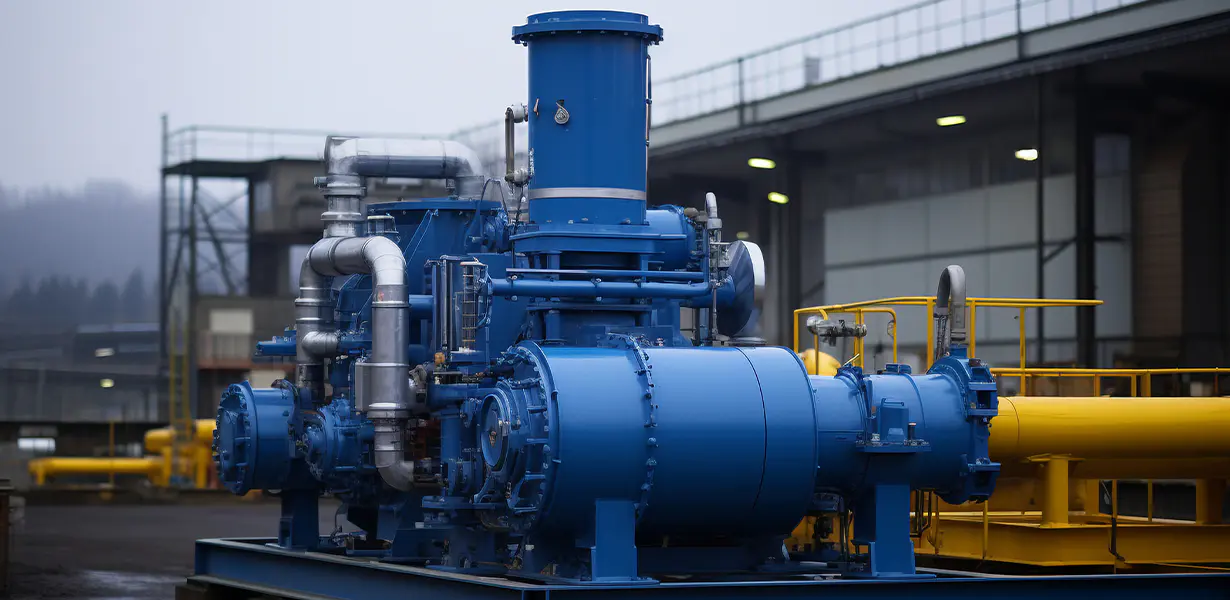
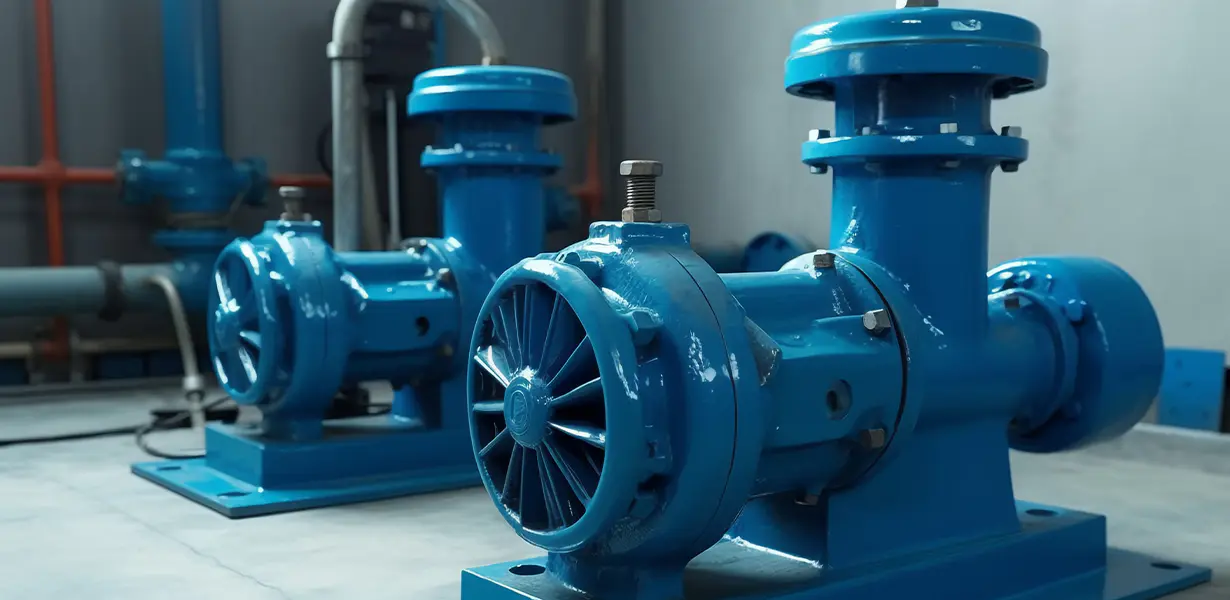
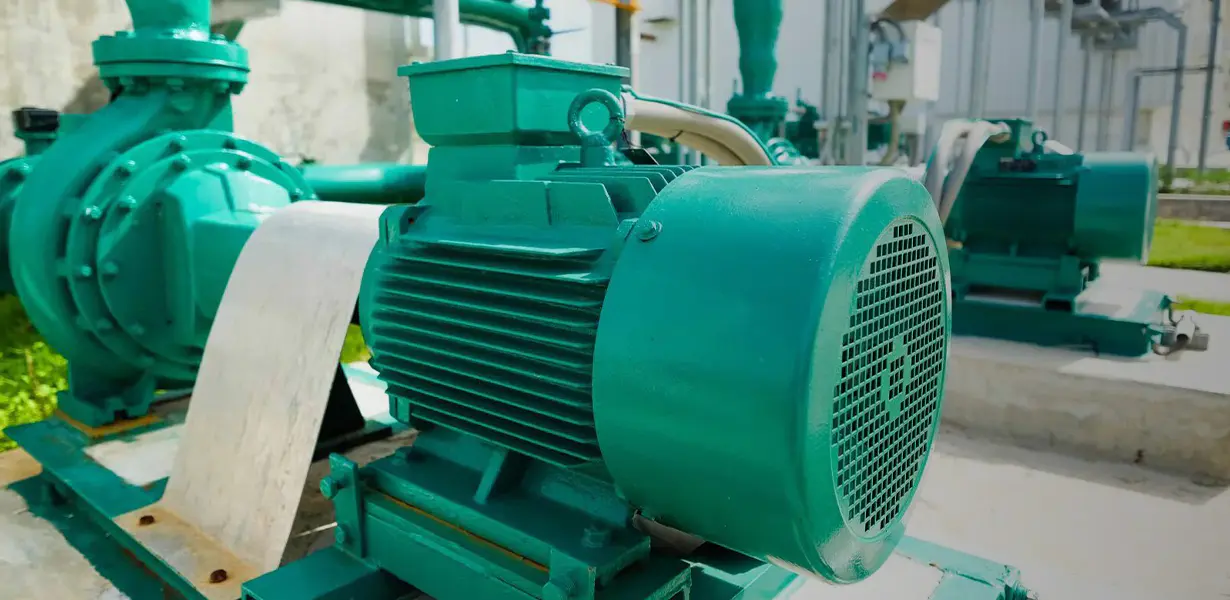
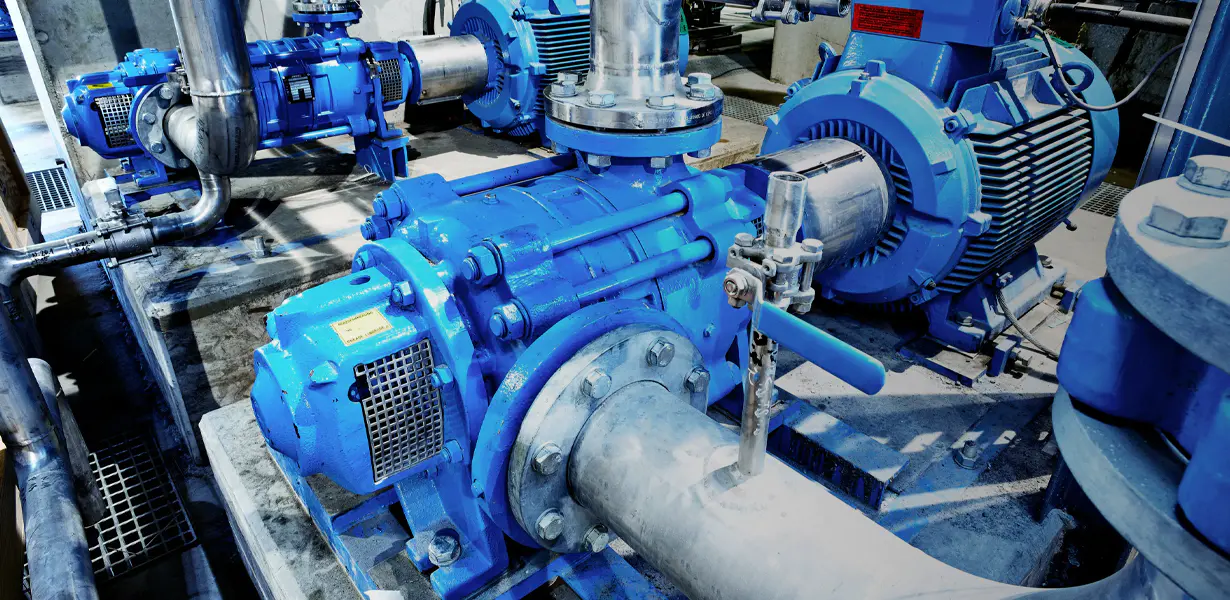
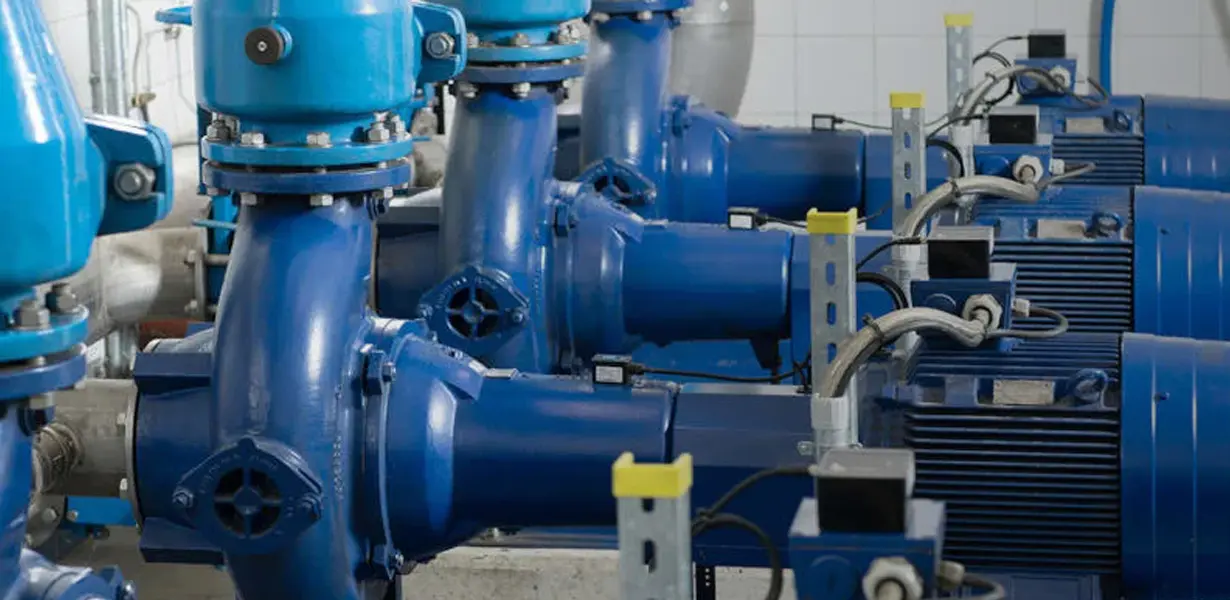


 English
English русский
русский Español
Español Français
Français












